All You Need to Know About SPF (Sun Protection Factor)
| Estimated Reading Time: 17 minutes |
One of the most important metrics for evaluating the effectiveness of sunscreens and other sun protection products is the Sun Protection Factor (SPF). Given the significant health risks associated with exposure to ultraviolet (UV) radiation, understanding SPF and its significance for sun protection becomes critical. This study aims to provide a comprehensive analysis of SPF, including its definition, the various elements influencing its efficacy, and its critical function in protecting skin from sun damage.

SPF essentially indicates how much protection sunscreen offers against UVB rays, which are the main cause of sunburn and skin cancer. The SPF number represents the level of protection provided; higher numbers indicate more effectiveness in preventing UVB-induced skin damage. As a result, this statistic is an essential tool for customers to use when choosing sun protection gear.
Table of Content:
|
However, a number of elements have a significant impact on the effectiveness of SPF and are not limited to numerical levels alone. Skin type becomes a crucial factor: people with lighter skin tones usually require SPF formulas with higher concentrations in order to get sufficient protection. Furthermore, the sunscreen's formulation—which includes elements like component composition and photostability—has a substantial influence on how well it blocks UV rays.
Furthermore, a key factor in enhancing SPF performance is the way sunscreen is applied and reapplied. When people use sunscreen sparingly or forget to reapply it frequently, its efficiency is reduced and they become more susceptible to the harmful effects of UV radiation. Moreover, environmental elements like sweating and exposure to water can reduce the effectiveness of SPF, thus careful application instructions are necessary to ensure the best possible protection.
It is impossible to exaggerate how important SPF is for protecting against sun-induced skin damage. Long-term exposure to UV radiation can cause a wide range of harmful health effects, from sunburns to chronic illnesses like skin cancer. SPF acts as a first line of defense against these threats, allowing people to engage in outdoor activities while reducing the associated health risks.
It is crucial to recognize the intrinsic limits of SPF as a sun protection parameter. SPF only considers UVB radiation, ignoring the harmful effects of UVA radiation, which is more deeply absorbed by the skin and can cause skin cancer and premature ageing. Furthermore, individual differences in how they react to UV radiation highlight the necessity of a comprehensive strategy for sun protection that includes steps other than depending just on SPF.
The Hazards of Chemical SPF: Implications for Human Skin Health
Introduction:
An essential component of protecting human skin from the damaging effects of ultraviolet (UV) radiation is the Sun Protection Factor (SPF). Although SPF solutions are frequently used to guard against the sun, some chemical SPF formulations' composition raises questions regarding possible negative effects on the health of human skin. The purpose of this study is to investigate the risks connected to chemical SPF creams and how they affect human skin.
Chemical SPF Composition and Mechanisms of Action:
A range of organic chemicals, including oxybenzone, avobenzone, octocrylene, and octinoxate, are commonly found in chemical sunscreens. These substances work by taking in UV light and transforming it into energy forms that are less dangerous, namely heat. Although this process efficiently blocks the skin from being exposed to UV rays, there are worries regarding possible negative health implications.
Hazardous Chemicals in SPF:
The existence of potentially dangerous substances in the formulations of chemical SPF treatments is one of the main causes for concern. The chemical oxybenzone, which is frequently found in sunscreens, has drawn a lot of interest since it may have endocrine disruptive effects. According to studies, oxybenzone can imitate hormones in the body, which could have a negative impact on health by upsetting the endocrine system.
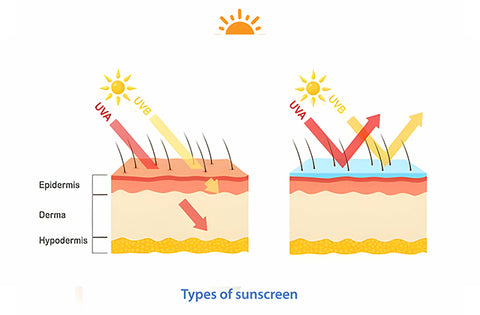
Likewise, avobenzone, another widely used ingredient in sunscreens, has been connected in certain cases to allergic responses and skin irritation. Concerns have been raised over the possible long-term consequences of octocrylene and octinoxate on human health because of their propensity to enter the skin and accumulate in the body.
Skin Absorption and Systemic Exposure:
The capacity of chemical SPF solutions to permeate the skin and enter the bloodstream, resulting in systemic exposure to potentially hazardous compounds, is another important factor to take into account. Concerns have been raised over chemical sunscreens' ability to accumulate in the body over time since research has revealed that they can enter the bloodstream hours after application.
Research has also shown that chemical sunscreen components are present in urine samples from users of these products, underscoring the systemic exposure linked to their usage. Although research on the long-term effects of systemic exposure to chemical SPF ingredients is ongoing, it is important to carefully weigh the potential hazards.
Phototoxic and Photoallergic Reactions:
Additionally, chemical SPF creams have been linked to a higher risk of photoallergic and phototoxic reactions, especially in people with sensitive skin. Reactive oxygen species are produced on the skin as a result of interactions between UV radiation and chemical sunscreen components, which can cause phototoxic reactions and consequent skin damage.
Conversely, photoallergic reactions happen when the immune system reacts to the chemical compounds in sunscreens after they are exposed to UV light, which causes an allergic reaction. These responses may result in discomfort and skin damage and show up as skin redness, irritation, itching, and blistering.

Environmental Concerns:
Chemical SPF creams are concerning not just for their possible negative effects on human health but also for their possible negative environmental consequences. Research has indicated that some chemical components found in sunscreens, like octinoxate and oxybenzone, have the potential to negatively impact marine environments, especially coral reefs.
It has been demonstrated that these substances interfere with coral growth, development, and reproduction, which increases coral bleaching and death. In order to save coral reefs and marine biodiversity, several areas have imposed limitations or outright prohibitions on the use of chemical sunscreens that include these dangerous components.
Conclusion:
In conclusion, even while SPF solutions are crucial for shielding human skin from UV radiation's damaging effects, some chemical SPF formulations' contents raise questions regarding possible negative consequences for both the environment and human health. Chemical sunscreens frequently contain hazardous compounds including oxybenzone, avobenzone, octocrylene, and octinoxate, which have been linked to a number of harmful health impacts, including systemic exposure, skin irritation, allergic reactions, and endocrine disruption.
Furthermore, because some of the components in chemical SPF treatments degrade coral reefs and reduce biodiversity, they also pose environmental dangers, especially to marine habitats. As a result, there is a rising need for safer and more environmentally friendly substitutes for chemical SPF solutions. One such substitute is mineral sunscreen, which offers effective sun protection without the possible risks connected with chemical sunscreens. Ingredients like zinc oxide and titanium dioxide are found in mineral sunscreens.

To sum up, SPF is a vital component of sun protection products that offer consumers a quantifiable indicator of how effective they are at protecting their skin from UV rays. To maximize SPF's effectiveness, however, a comprehensive grasp of its many factors and constraints is necessary. Through the adoption of supplementary measures to enhance the effectiveness of SPF as a fundamental component of sun protection regimens, people can successfully reduce the risks associated with sun-induced skin damage and promote good skin health.
Harnessing Nature: The Superiority of Natural Ingredients in SPF for Human Skin
Despite the wide range of alternatives, SPF formulations that include natural components are becoming increasingly recognized for their benefits. This study explores the benefits of SPF formulated with natural substances and how best to use them for the health of human skin.
Natural Ingredients in SPF Formulations:
Natural SPF creams include components found in nature, like shea butter, coconut oil, zinc oxide, titanium dioxide, and different plant extracts. These components are well known for their natural qualities that not only give strong protection from the sun but also have extra advantages for the health of your skin.
Gentle on the Skin:
The mildness of natural SPF formulas is one of their main benefits. Mineral-based substances like titanium dioxide and zinc oxide, which are frequently present in natural sunscreens, function by building a physical barrier on top of the skin that scatters and reflects UV rays. Because of this mechanism, people with sensitive skin can use natural SPF products with less risk of skin irritation and allergic reactions.
Non-Toxic and Eco-Friendly:
Natural alternatives to artificial SPF formulas are frequently non-toxic and eco-friendly. Ingredients based on minerals are less likely to disrupt aquatic ecosystems and require less environmental protection during manufacture. This environmentally responsible method is in line with the increasing emphasis on sustainable and eco-friendly skincare procedures around the world.
Antioxidant and Anti-Inflammatory Properties:
Natural substances with anti-inflammatory and antioxidant qualities are commonly used in SPF formulas. Botanical extracts that fight UV-induced free radicals include aloe vera, chamomile, and green tea. These extracts are high in antioxidants. These antioxidants are essential for counteracting oxidative stress, which lowers the chance of premature ageing and promotes general skin health.
Nourishing and Hydrating Effects:
Natural SPF creams frequently contain substances that are well-known for providing the skin with nourishment and hydration. Among the important fatty acids and elements that assist maintain skin moisture and create a healthy skin barrier are found in shea butter, coconut oil, and jojoba oil. This dual purpose helps maintain overall skin health in addition to providing sun protection.
Reduced Risk of Skin Absorption:
Natural SPF components usually absorb very little into the skin, which lowers the chance of systemic exposure. Because minerals like zinc oxide and titanium dioxide are based on minerals, they form a protective layer on the skin's surface without absorbing much, unlike some chemical sunscreen components. This feature helps to reduce the possibility of systemic impacts, which makes natural SPF formulas a good option for people who are worried about possible long-term health concerns.
Versatility and Broad-Spectrum Protection:
Products with natural SPF frequently offer broad-spectrum defense against UVA and UVB rays. Zinc oxide is one of the ingredients that is well-known for its broad spectrum UV blocker properties. Because of its adaptability, there is a lower chance of sunburn, early ageing, and skin cancer.
Biodegradability and Sustainable Sourcing:
One of the main aspects of natural substances' attraction is their biodegradability. Sustainable components with little environmental effect and ethical sourcing are used in many natural SPF formulas. This dedication to sustainability is in line with consumers' growing consciousness of the environmental impact of skincare products.
Conclusion:
In summary, using natural chemicals in SPF formulas is clearly a better option when it comes to enhancing the health of human skin. Concerns about some chemical SPF substitutes are allayed by the mineral-based chemicals' softness, non-toxicity, and environmental friendliness. Natural substances provide innate antioxidant, anti-inflammatory, nourishing, and moisturizing characteristics that enhance not only the effectiveness of sun protection but also the general well-being of the skin.
The broad-spectrum protection, biodegradability, and lower risk of skin absorption of these chemicals further highlight the all-around benefits of natural SPF solutions. Natural SPF formulations are going to become more and more popular as consumers place a higher value on sustainability, efficacy, and safety in skincare products. This will bring in a new era in which skin health and sun protection are inextricably linked to the abundance of nature.
Literature Review
Exploring the Research Landscape of SPF and Sun Protection
Many studies have explored the complex field of Sun Protection Factor (SPF) and its critical function in reducing the harmful effects of ultraviolet (UV) radiation on human skin over the years. Our knowledge of SPF efficacy, its consequences for sun protection, and the numerous factors influencing its effectiveness has greatly increased as a result of these studies.
Diffey and Robson's (1994) groundbreaking study is a keystone in explaining why SPF is important for preventing sunburn and reducing the incidence of skin cancer. Diffey and Robson's thorough research demonstrated the critical function of SPF in averting UVB-induced acute skin damage, underscoring its essential position in sun protection regimes.
Later studies conducted by Sayre et al. (2008) and Wang et al. (2011) investigated the finer points of SPF effectiveness, examining the effectiveness of various SPF levels and formulations in providing sufficient protection against UV radiation. These research clarified the differing effectiveness of different sunscreen formulations in protecting against the harmful effects of UV radiation, in addition to highlighting the significance of SPF as a crucial parameter for consumers.

Furthermore, the body of research on SPF has been enhanced by the groundbreaking work of Narayanan et al. (2010), who examined how application methods and environmental conditions affect SPF efficacy. Narayanan et al. were able to decipher the complex interactions between environmental factors like sweat and water exposure and how they affect the effectiveness of SPF by methodical research. In addition, their results emphasize how important it is to apply sunscreen correctly if you want to maximize its effectiveness. This clarifies important information for both consumers and professionals.
All things considered, these groundbreaking studies highlight the critical function of SPF in sun protection regimes, clarifying its importance in preventing sun-induced skin damage and lowering the risk of skin cancer. Through the process of deciphering the complex subtleties of SPF efficacy and investigating the multitude of elements that impact it, these research have provided consumers and practitioners with vital information that can be utilized to optimize sun protection tactics.
Nevertheless, it is critical to recognize the inherent limits and gaps in the body of information regarding SPF, even in light of the studies' priceless contributions. Even though these studies have clarified how effective SPF is at blocking UV rays, there are still large gaps in our knowledge about how effective SPF is at blocking UVA rays and how it helps prevent long-term skin damage like premature aging.
Furthermore, further study efforts are required to fully understand the complexities of SPF efficacy because of the intricate interactions between individual variability, environmental conditions, and application procedures. Adopting a comprehensive strategy that includes supplementary sun protection methods in addition to SPF, future research endeavors can open the door to improved sun protection tactics that successfully reduce the risks of sun-induced skin damage.
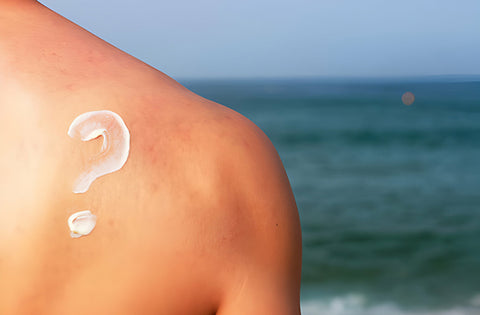
To sum up, a plethora of research has shed light on the critical function SPF plays in sun protection regimens, defining the landscape of SPF research. Research endeavors have contributed to our understanding of SPF efficacy and its implications for sun protection, ranging from groundbreaking studies explaining its significance in preventing sunburn to thorough investigations examining its effectiveness against various UV radiation spectrum. Nonetheless, additional research initiatives are necessary to close current gaps and fully optimize sun protection tactics.
Methodology
Navigating the SPF Landscape: A Systematic Review Approach
This study's systematic literature review methodology, which provides a strong framework for compiling and evaluating previous research on SPF, is the basis of the research. Using pertinent databases including PubMed, Scopus, and Web of Science, a methodical search approach was developed to guarantee a thorough investigation of the subject. Terms like "SPF," "sunscreen," and "sun protection factor" were purposefully used to cover a wide range of literature regarding the effectiveness of SPF and its consequences.
In order to provide a thorough timeline of research endeavors in the field of SPF, studies published between 1990 and 2022 were included in the review. This temporal scope allows for the inclusion of important studies that helped establish the foundation for our understanding of SPF as well as more recent research efforts that represent the changing field of sun protection.
Data Collection and Synthesis
A wealth of articles covering different aspects of SPF efficacy and its implications for sun protection were found using the systematic search technique. Relevant publications were found and included in the evaluation by means of rigorous screening and selection procedures, guaranteeing a thorough investigation of the subject.

An essential part of the review process was data extraction, which allowed results from several studies to be combined and clarified into broad themes and ideas. A comprehensive understanding of SPF efficacy and its implications for sun protection was obtained by methodically extracting and synthesizing key data points, which included study objectives, techniques, findings, and implications.
Findings:
The integration of information from many studies revealed a wealth of knowledge on the effectiveness of SPF and its consequences for sun protection. Diffey and Robson's (1994) groundbreaking findings established the foundation for later research efforts in the field by highlighting the critical impact SPF plays in avoiding sunburn and lowering the incidence of skin cancer.
Later studies conducted by Sayre et al. (2008) and Wang et al. (2011) examined the effectiveness of various SPF values and formulations in providing sufficient protection against ultraviolet light. These investigations highlighted the need of appropriate application techniques in optimizing SPF effectiveness in addition to illuminating the varying efficacy of different sunscreen formulas.
Additionally, the studies conducted by Narayanan et al. (2010) shed light on how application procedures and ambient conditions affect the efficacy of SPF. With rigorous testing, Narayanan et al. uncovered the complex interactions between environmental factors including sweat and water exposure and how they affect the effectiveness of SPF, offering vital information for refining sun protection tactics.
Discussion:
The summary of research results from several studies emphasizes the critical role that SPF plays in sun protection regimens and the variety of factors that affect its efficacy. The literature on SPF provides a rich tapestry of insights for optimizing sun protection techniques, ranging from groundbreaking research clarifying its significance in preventing sunburn to inquiries examining the influence of environmental factors on SPF efficacy.
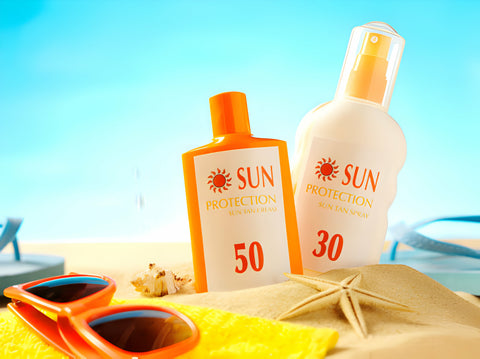
Nonetheless, it is critical to recognize the inherent limits and gaps in the present literature surrounding SPF, even in light of the essential contributions made by previous studies. Although these studies have clarified how effective SPF is at protecting against UV rays, there are still large gaps in our knowledge about how effective SPF is at blocking UVA rays and how it helps prevent long-term skin damage.
Conclusion
To sum up, SPF is an important factor to consider when assessing how effective sun protection goods are. Promoting sun-safe behaviour and lowering the risk of sun-induced skin damage require an understanding of its importance and limitations. To improve our comprehension of SPF and provide more potent sun protection techniques, further study is required.
Results:
A review of the literature produced some important conclusions on SPF.
- SPF calculates the degree of UVB radiation protection offered by sunscreen.
The effectiveness of SPF is influenced by various factors, including skin type, sunscreen formulation, application thickness, and frequency.
Though no sunscreen can completely shield the skin from UV rays, higher SPF ratings offer better protection against sunburn.
Sweat and water exposure are two environmental elements that might impair the effectiveness of SPF sunscreen, requiring reapplication.
- To maximize the effectiveness of SPF, proper application practices are essential, which include generously and routinely applying sunscreen.
References:
- Robson, J., & Diffey, B. L. (1994). a fresh platform to gauge the UV spectrum protection properties of sunscreen. Dermatological Science Journal, 7(1), 10–14.
- Fox, J. L., Saladi, R. N., and Narayanan, D. L. (2010). Skin cancer and ultraviolet light. 49(9), 978–9886, International Journal of Dermatology.
- Alvero, R.; Dowdy, J. C.; Sayre, R. M. (2008). Impact of sunscreen application amount on sun protection factor (SPF) and defence against UV radiation-induced skin squamous cell cancer. American Academy of Dermatology Journal, 59(5), 741-744.
Wang, S. Q., Osterwalder, U., Dusza, S. W., & Lim, H. W. (2011). A review of sun protection measures and obstacles to behavioural change in children and adolescents is presented in Planning for a Brighter Future. 29(4) Dermatologic Clinics, 523-533.


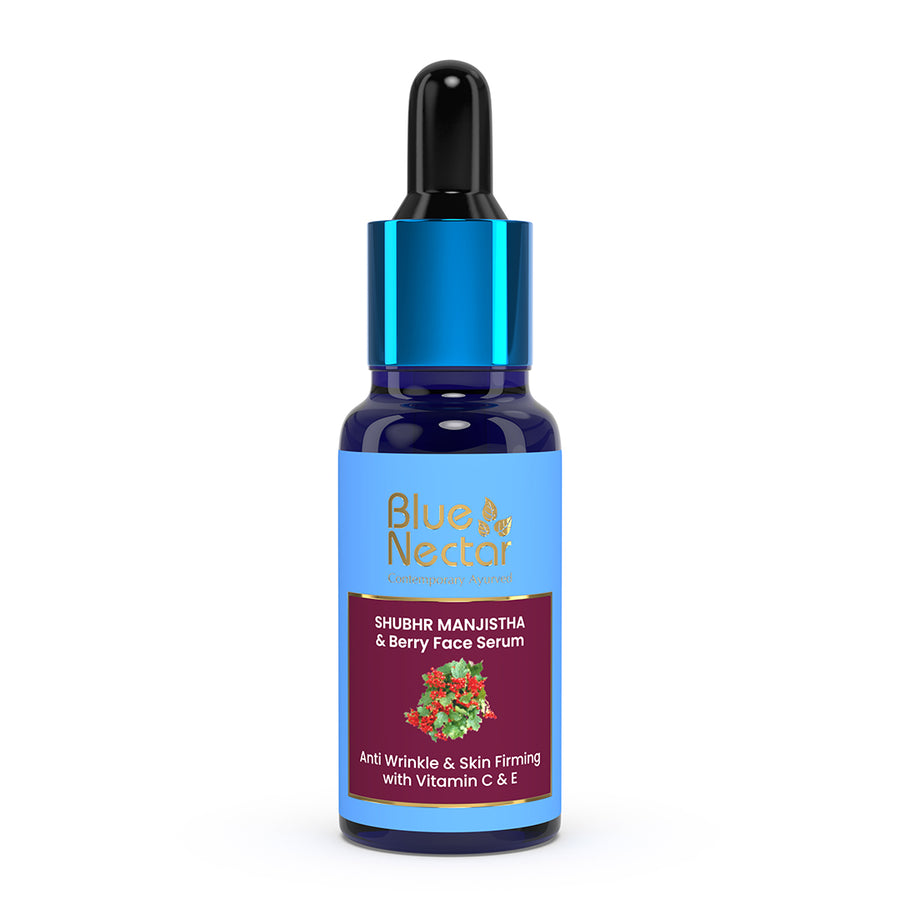

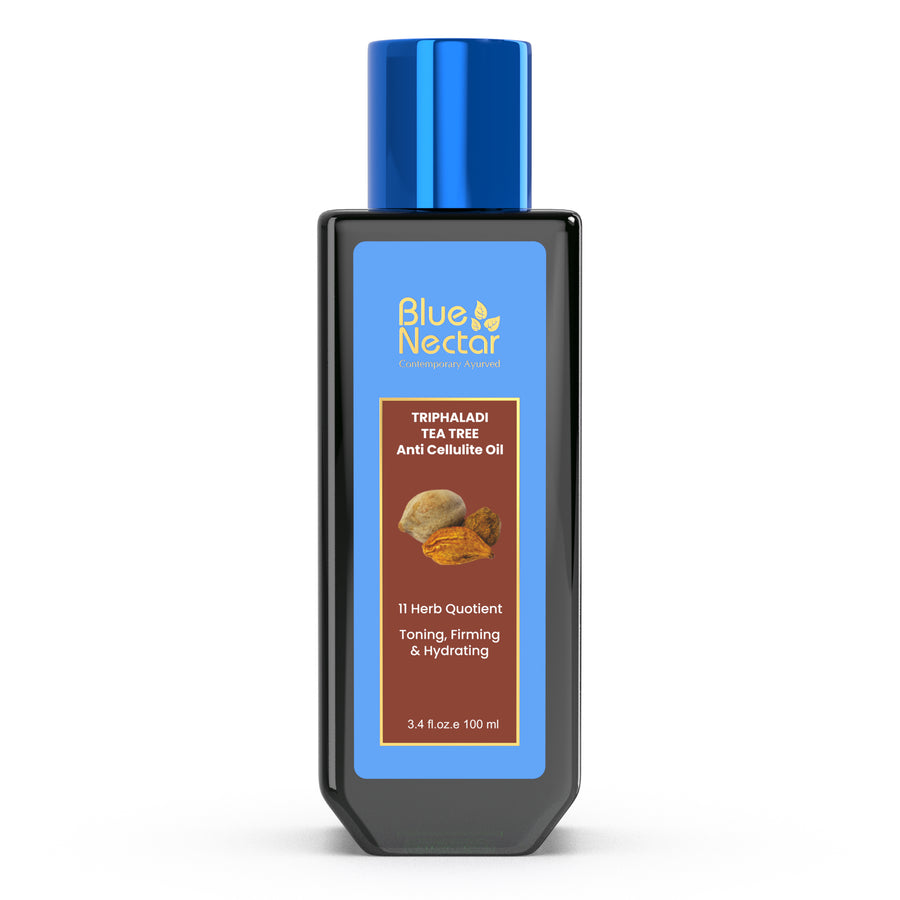

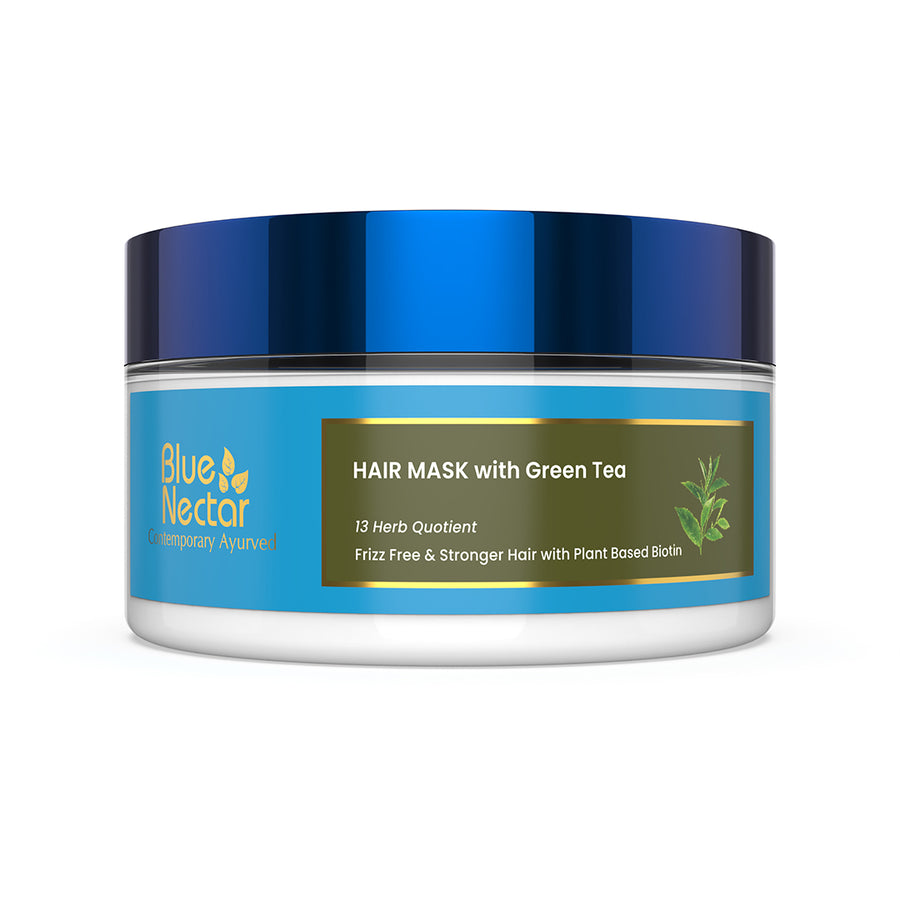
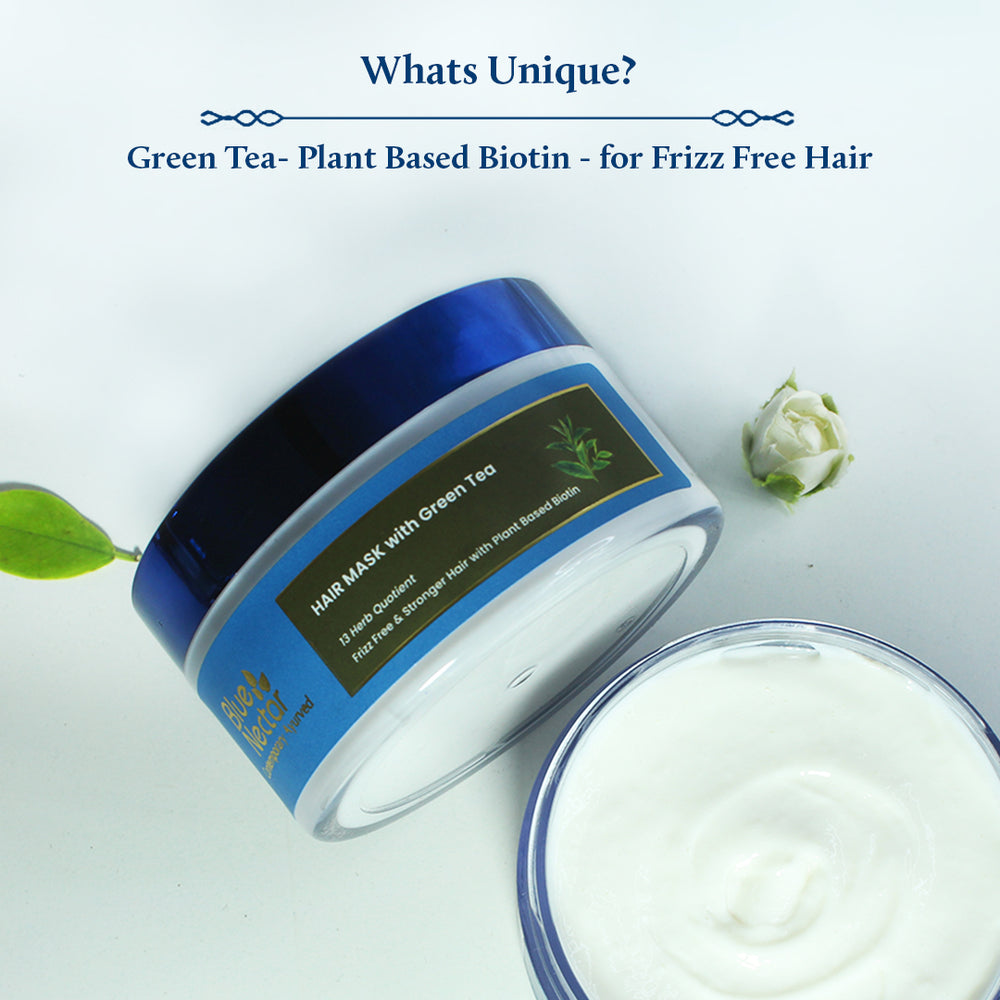
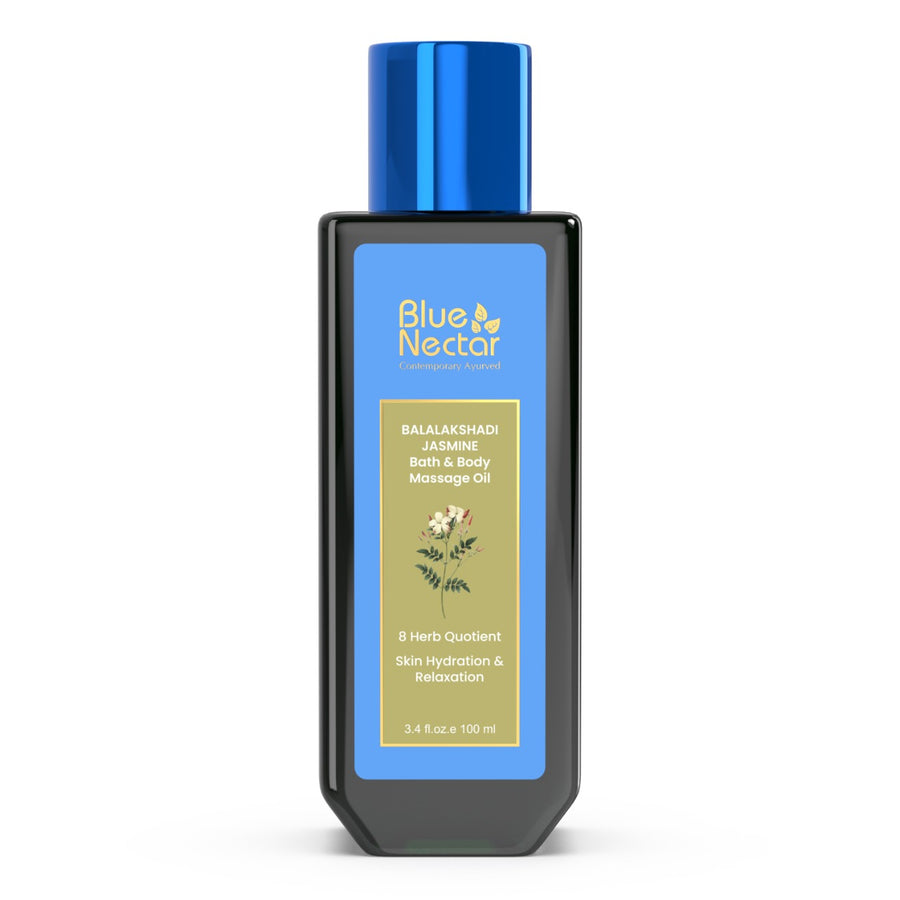



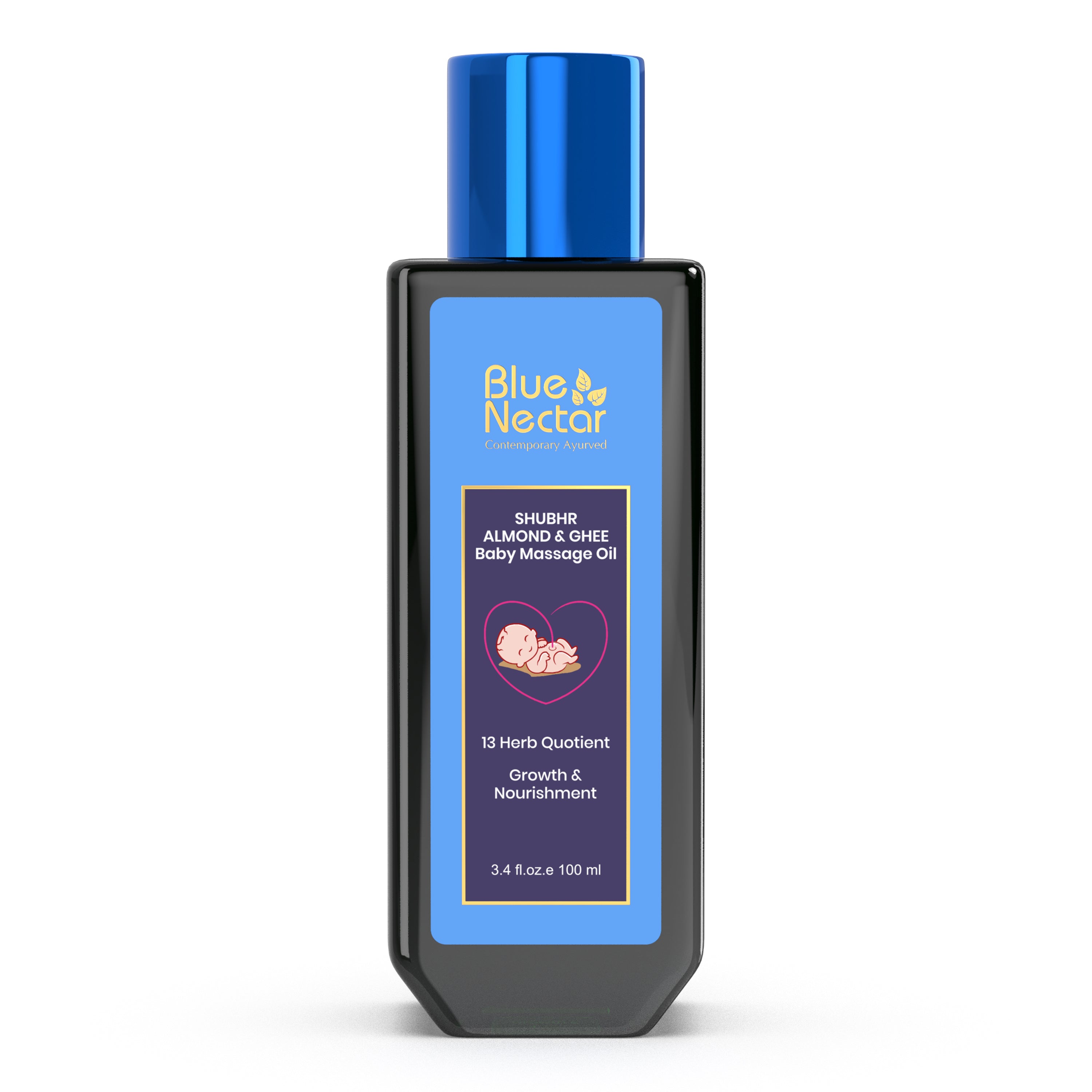
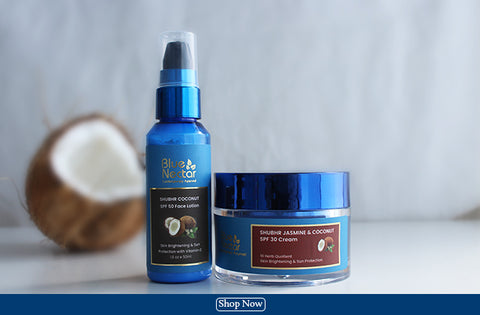
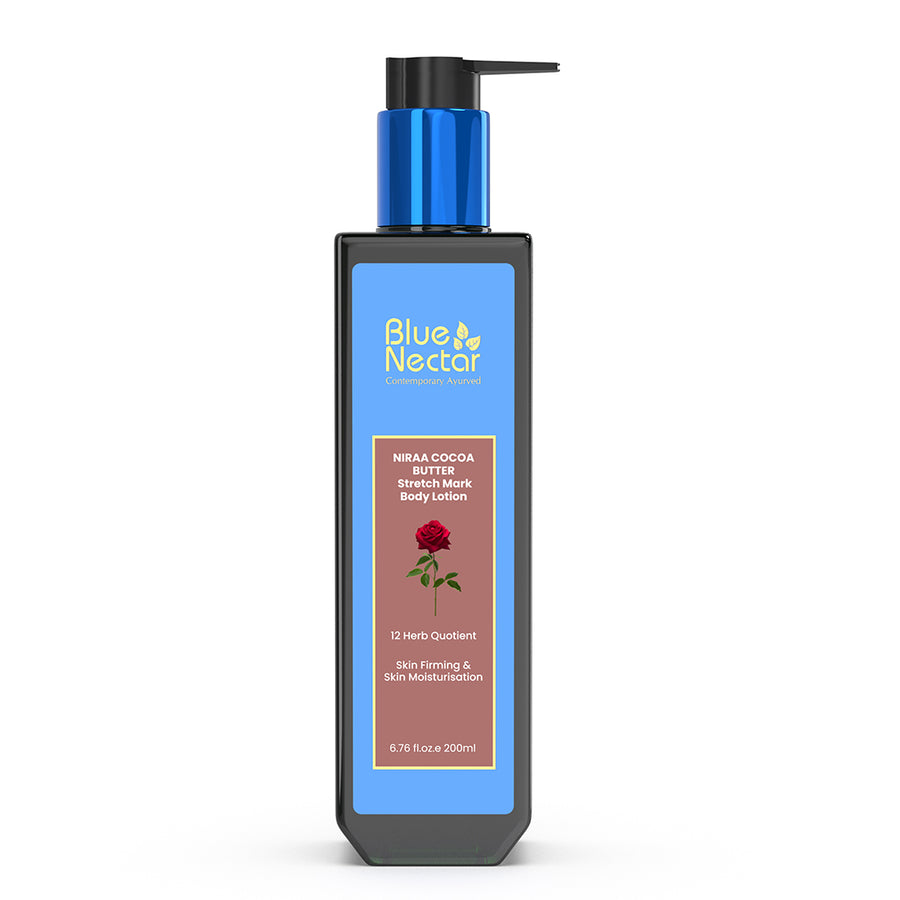

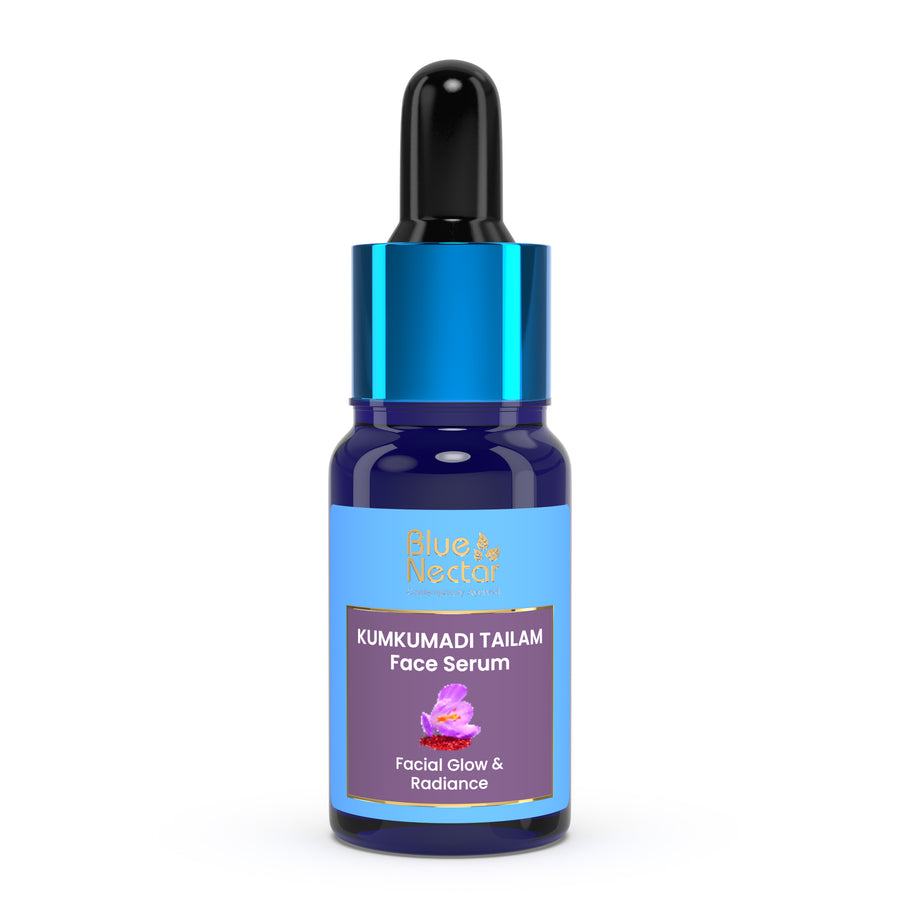

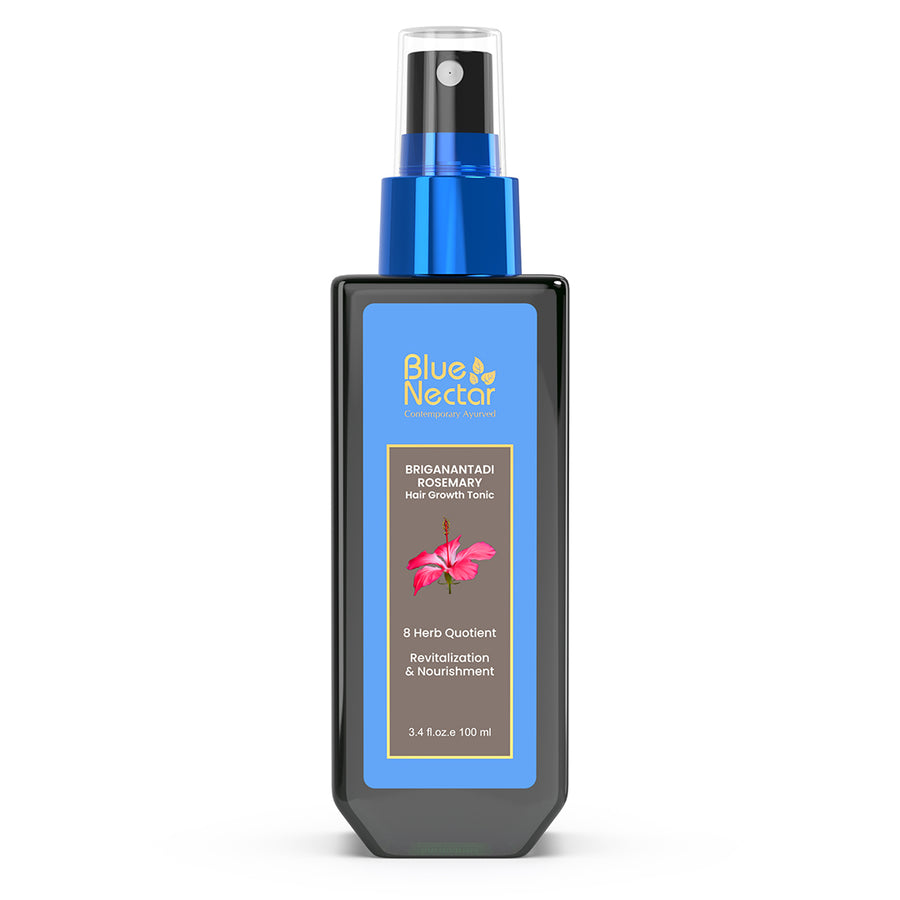


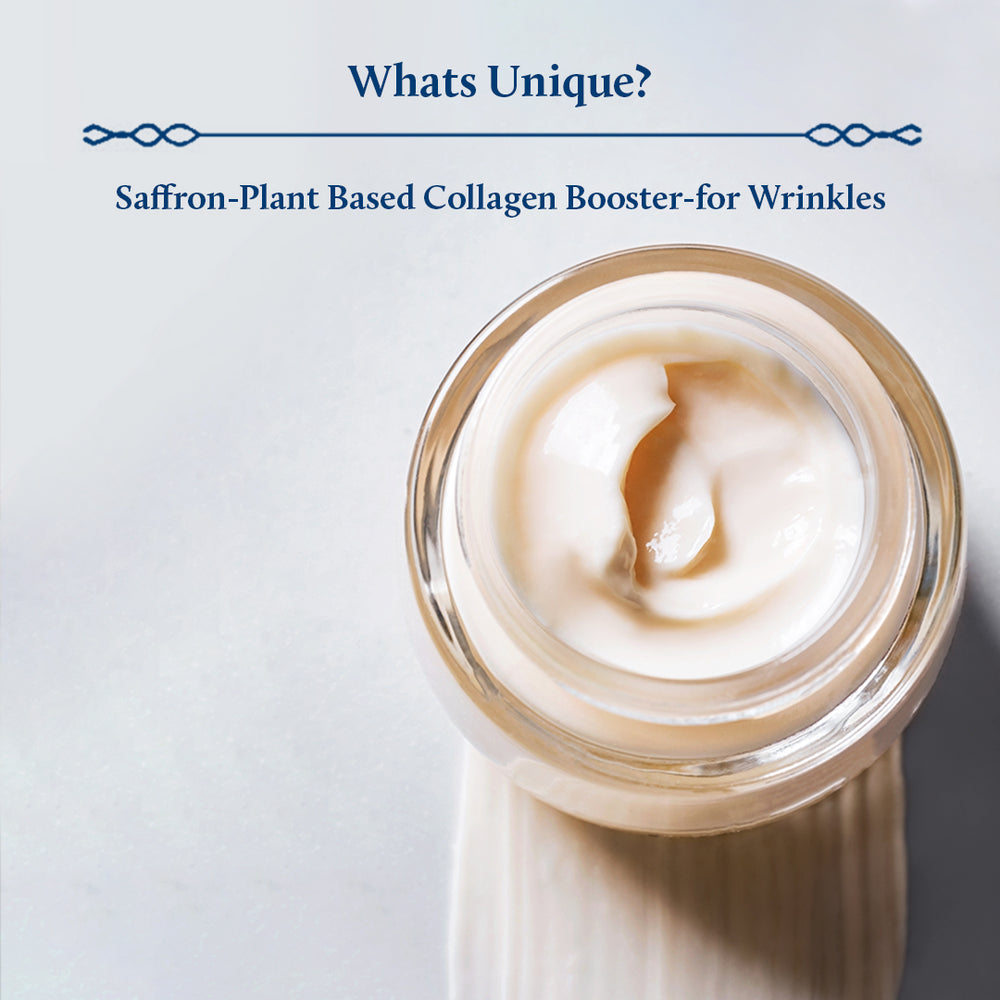
Leave a comment